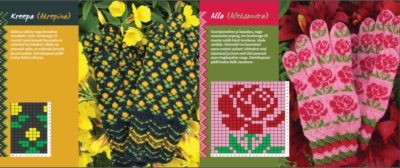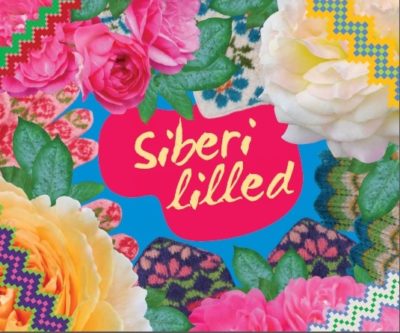At the end of the 19th century and early 20th century thousands of families from Setomaa left the crowded homeland and moved far away to Siberia Jenisseiski Province. A long journey into the unknown was undertaken in order to get the land for free. Hardworking Setos settled in well and soon adapted to the new conditions and climates. Today there are about 200 people in Haida village in Krasnoyarsk krai, the largest Seto village in Siberia.
Although, after the collapse of collective farms, the number of villagers has greatly reduced. The economic situation has worsened, but Seto Museum still existis in Haida and the Seto language women’s choir still gathers at the Cultural Center. Old handicraft skills are not lost. Ossipova Manni’s (born in 1942) ancestors also left to Siberia to find a better land. Manni’s mother, Kito Nasta, was a good singer and a great handicrafter. Manni and her sister Liide are singing in a local community house women”s choir and they have donated large numbers of beautiful crafts to the Haida village museum. Siberian winters are cold and, therefore, the art of making and wearing patternwork mittens is still alive.
In 2007, 2008 and 2012, the Estonian Literary Museum folklorists visited Ossipova Maria and other Haida village women in a search of old folk tales and songs. Quite unplanned, they also photographed Maria”s mitten pattern booklet, which was full of both old geometric patterns as well as flower patterns. Now a small selection of Siberian women flower pattern mittens and gloves have found their way into this book – a fresh breath of Haida village forests and fields odor.
– Andreas Kalkun, folklorist, Estonian Folklore Archives Estonian Literary Museum.
Please write info@NordicKnitters.com for ordering the book.
